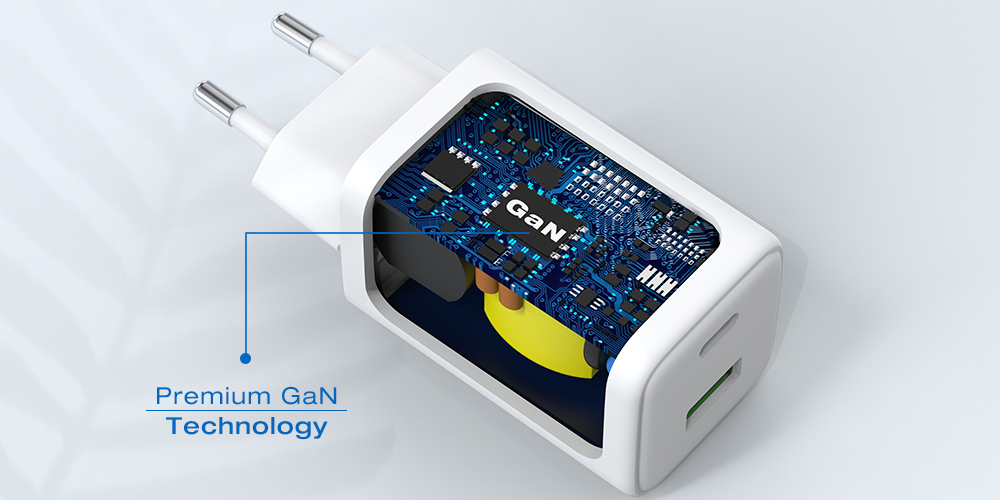The Structure Of The Charger

1. Transformer
The transformer is where it all starts—it takes the high-voltage power from your wall socket and steps it down to a safer, lower voltage. Modern chargers, especially compact ones, often use high-frequency switching transformers instead of the bulky ones found in older chargers. This makes them efficient and portable.
2. Rectifier Circuit
Think of this as a translator. Your wall socket delivers power in alternating current (AC), but your phone needs direct current (DC) to charge. A rectifier circuit, usually made of diodes, converts AC to DC. Without it, your phone would be completely confused by the power supply!
3. Capacitors
Once the current is converted, capacitors step in to smooth things out. They eliminate fluctuations in the power, providing a steady flow of energy to your device. They’re like the “shock absorbers” in the power delivery system.
4. Voltage Regulator IC
Ever wonder why your phone doesn’t fry when you plug it into a charger? That’s thanks to the voltage regulator. This tiny chip ensures that the voltage output remains consistent, even if there are fluctuations in the power input. It’s especially important for supporting fast-charging standards safely.
5. Inductor
Inductors work quietly behind the scenes to regulate current and reduce noise. They play a key role in ensuring the energy delivered to your phone is both efficient and safe.
6. Switching transistors or MOSFETs
These components are the heartbeat of the modern charger. They handle the high-speed switching required for efficient power conversion, allowing chargers to be smaller and cooler while delivering the same or even more power.
When people talk about Gallium Nitride (GaN) technology, it is most often applied here - the switching transistor or MOSFET.
7. Control IC
This is the brain of the operation. Control ICs manage everything, from maintaining the correct power delivery to enabling fast-charging protocols like USB Power Delivery (PD) or Programmable Power Supply (PPS). It’s the component that keeps your charger “smart.”
8. Resistors and Filters
Resistors might be tiny, but they are mighty in their role, providing feedback for voltage and current regulation. Filters, on the other hand, ensure that noise and interference don’t mess with your device's operation.
9. Connectors and Cables
The charging experience isn’t just about what’s inside. High-quality connectors and durable cables are crucial for ensuring power is delivered without loss or overheating. Modern chargers often come with USB-C connectors for faster, more reliable charging.
10. Protective Components
Safety first! Chargers are equipped with fuses to cut off power in case of overcurrent, thermistors to monitor and manage heat, and TVS diodes to protect against voltage spikes. These ensure that both your phone and the charger remain safe during use.
11. Printed Circuit Board (PCB)
All these components are mounted on a PCB, which is the backbone of the charger. It ensures everything is connected and working in harmony.
Why It Matters
Each of these components works together to deliver power efficiently and safely, whether you're using a basic charger or a cutting-edge fast charger. For wireless or advanced chargers, you’d also find additional components like coils and specialized chips for wireless power transfer or quick-charge protocols.
Understanding what goes into a charger helps us appreciate how these tiny devices can handle the complexity of modern charging needs while staying compact and affordable. It’s a perfect mix of technology and engineering brilliance!